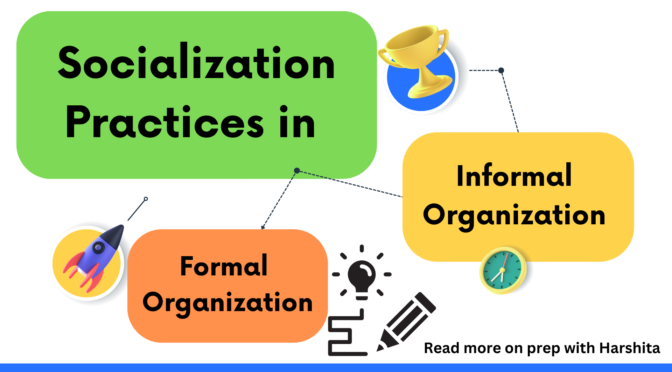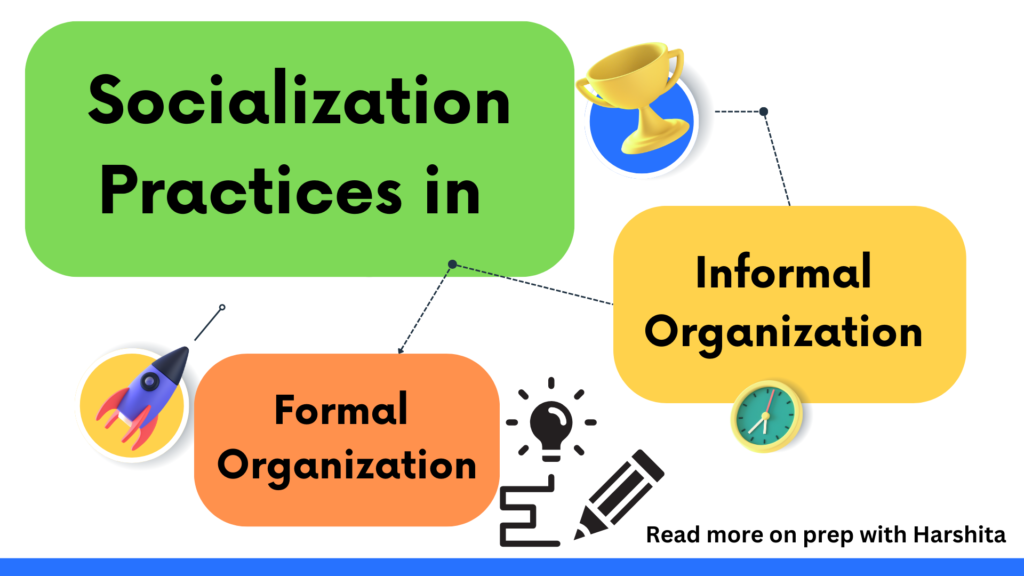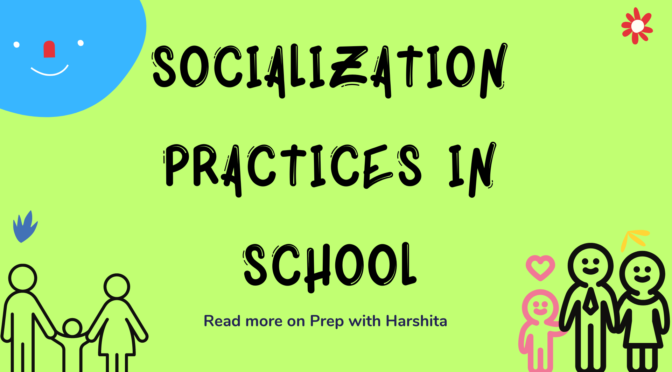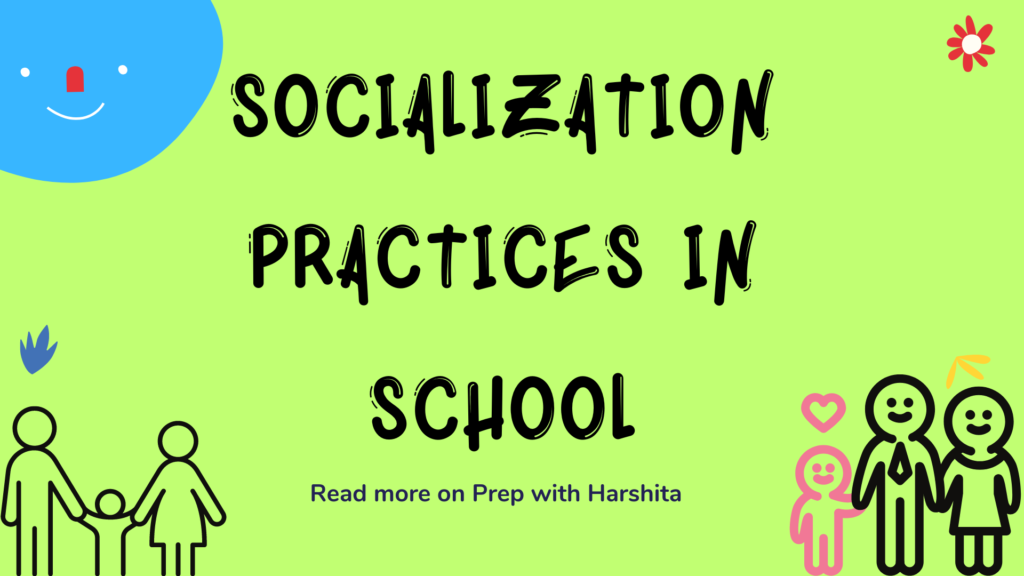Multicultural awareness and language diversity are interconnected concepts that play a significant role in promoting inclusivity, understanding, and respect for different cultures and languages within a society. Here’s a closer look at each of these concepts:
Multicultural Awareness: Multicultural awareness refers to recognizing, understanding, and appreciating the diversity of cultures within a society. It involves acknowledging the unique customs, traditions, beliefs, values, and practices of various cultural groups. Here are some key aspects of multicultural awareness:
- Cultural Competence: Multicultural awareness aims to foster cultural competence, which is the ability to effectively interact and communicate with people from diverse cultural backgrounds. It involves developing knowledge, skills, and attitudes that enable individuals to engage respectfully and effectively with people from different cultures.
- Cultural Sensitivity: Multicultural awareness emphasizes being sensitive to cultural differences, avoiding stereotypes, biases, and discrimination. It promotes open-mindedness and curiosity about other cultures, encouraging individuals to embrace diversity and challenge cultural assumptions.
- Promoting Inclusion: Multicultural awareness strives to create inclusive environments that value and celebrate cultural diversity. It involves ensuring equal opportunities, representation, and respect for individuals from all cultural backgrounds, fostering a sense of belonging for everyone.
- Cultural Exchange and Education: Multicultural awareness promotes cultural exchange programs, intercultural dialogue, and educational initiatives that expose individuals to different cultures. This helps break down barriers, enhance understanding, and foster appreciation for diverse perspectives.
Language Diversity: Language diversity refers to the existence of multiple languages within a society or community. It recognizes the richness and significance of different languages as integral components of cultural identity. Here are some important aspects of language diversity:
- Linguistic Rights: Language diversity recognizes the right of individuals and communities to use, preserve, and promote their languages. It advocates for policies that protect linguistic rights, including access to education, legal proceedings, and public services in one’s native language.
- Cultural Preservation: Language is closely tied to cultural identity. Preserving and maintaining linguistic diversity contributes to the preservation of cultural heritage, traditions, and oral histories associated with specific languages.
- Enhancing Communication: Language diversity enhances communication by providing individuals with the opportunity to express themselves in their native language. It acknowledges that language is not just a means of communication but also a tool for cultural expression, creativity, and identity formation.
- Global Understanding: Language diversity fosters global understanding and promotes intercultural dialogue. By embracing and learning different languages, individuals can engage with diverse perspectives, bridge cultural gaps, and build connections with people from various backgrounds.
- Economic and Educational Opportunities: Language diversity has economic and educational benefits. It opens up opportunities for cross-cultural collaboration, trade, and business. Moreover, it allows individuals to access education, literature, and information in their native language, contributing to cognitive development and educational achievement.
Promoting multicultural awareness and language diversity requires efforts at both societal and individual levels. It involves creating inclusive policies, promoting cultural exchange programs, providing language education and support, and fostering a climate of respect and appreciation for diverse cultures and languages.
Also Read : Need of LAC Approach

Also Visit : Prep with Harshita









